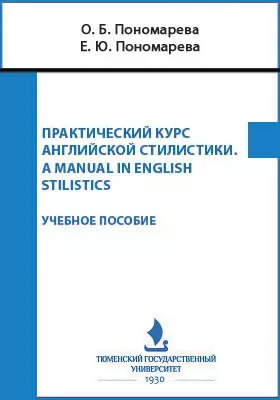Практический курс английской стилистики = A manual in english stilistics
Автор: Ольга Пономарева, Елена Пономарева
Форматы: PDF
Издательство: Тюменский государственный университет
Год: 2012
Место издания: Тюмень
ISBN: 978-5-400-00724-8
Страниц: 216
Артикул: 74329
Возрастная маркировка: 16+
Краткая аннотация книги "Практический курс английской стилистики"
Cодержит основную программу курса стилистики английского языка. Рассматриваются важнейшие проблемы стилистики в свете ведущих подходов современной лингвистики. Большое внимание уделено новым разделам и направлениям современной стилистики: стилистике декодирования и стилистике текста. Каждый раздел пособия содержит обобщающий теоретический материал по соответствующей теме, снабжен списком литературы, вопросами и заданиями по теме и упражнениями, контролирующими и углубляющими понимание тех или иных стилистических средств языка и стимулирующими самостоятельный лингвостилистический и лингвопоэтический анализ текстов различных функциональных стилей и регистров. Пособие снабжено глоссарием стилистических терминов, схемами и образцами стилистического анализа и приложениями, содержащими различные типы текстов для самостоятельного анализа.
Содержание книги "Практический курс английской стилистики"
ПРЕДИСЛОВИЕ
UNIT 1. General problems of stylistics
Seminar 1. general problems of stylistics
Supplement
UNIT 2. The phonographic and morphological levels of stylistic analysis
2.1. the phonetic level of stylistic analysis
2.2. Graphic Expressive Means
2.3. Morphological Level of stylistic Analysis
Seminar 2. Phonographic and morphemic expressive means
UNIT 3. Semantic structure of a word
Seminar 3. Stylistic differentiation of the english vocabulary
Приложение. Лексический тезаурус поэтического текста
The lexical thesaurus of the poetic text
UNIT 4. Stylistic Phraseology
Seminar 4. stylistic Phraseology
UNITS 5-7. Stylistic semasiology
Seminar 5. Lexical level of stylistic analysis (LSD)
Supplement
Seminar 6. Syntactical level of stylistic analysis (SSD)
Supplement
Seminar 7. Lexico-syntactical stylistic devices (LSSD)
UNIT 8. Stylistic grammar
Seminar 8. Stylistic grammar
UNITS 9-10. Functional stylistics
Seminars 9-10. Functional styles
UNIT 11. Types of narration and compositional forms
Seminar 11. Types of narration
UNIT 12. Stylistics of the text
Seminar 12. stylistics of the text
Suggested schemes for stylistic analysis
Examination Questions and Problems
Assignments for stylistic analysis
Glossary of literary and stylistic terms
Используемые сокращения
Библиография
Все отзывы о книге Практический курс английской стилистики
Отрывок из книги Практический курс английской стилистики
27alliteration, like most phonetic expressive means, does not bear any lexical or other meaning unless we agree that a sound meaning exists as such. But even so we may not be able to specify clearly the character of this meaning, and the term will merely suggest that a certain amount of information is contained in the repetition of sounds, as is the case with the repetition of lexical units. it is a phonetic stylistic device, which aims at imparting a melodic effect to the utterance (i.R.g.).E.g..: Welling waters, winsome words (Swinborne).The winnowing wind (Keats).“Dead Dufton,” I muttered to myself. Dirty Dufton, Dreary Dufton, Dispicable Dufton” — then stopped (J.Braine). assonance — ассонанс, или вокалическая аллитерация — the repetition of similar vowels, usually in stressed syllables (V.a.K.) по- по-по-вторение ударных гласных внутри строки или фразы или на конце её в виде неполной рифмы (i.V.A.) E.g. Tell this soul, with sorrow laden, if within the distant Aiden, � I shall clasp a sainted maiden, whom the angels name Lenore � Clasp a rare and radiant maiden, whom the angels name Lenore? (E.Poe — Raven) Doom is dark and deeper than any sea dingle (W.Auden).Apt Alliteration’s artful aid (W.Auden).rhyme is the repetition of identical or similar terminal sound combination of words. Rhyming words are generally placed at a regular distance from each other. in verses they are usually placed at the end of the corresponding lines.identity and similarity of sound combinations may be relative. We distinguish between full rhymes and incomplete rhymes. The full rhyme presupposes identity of the vowel sound and the following consonant sounds in a stressed syllable, including the initial consonant of the second syllable (in polysyllabic words) (i.R. galperin).Incomplete rhymes present a greater variety. they can be divided into two main groups: vowel rhymes and consonant rhymes. in vowel-rhymes the vowels of the syllables in corresp...
С книгой "Практический курс английской стилистики" читают
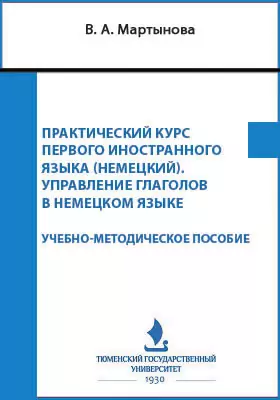
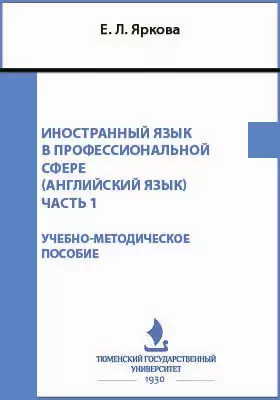
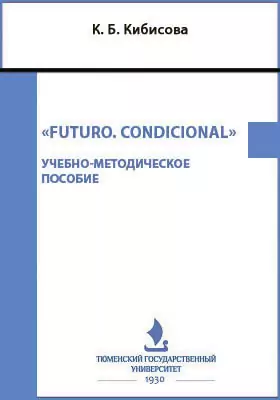
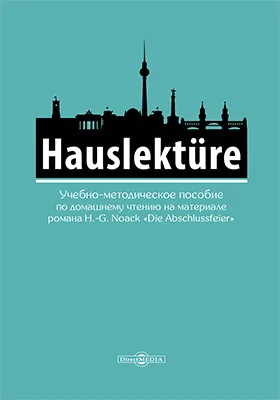


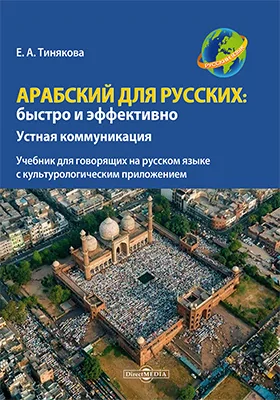
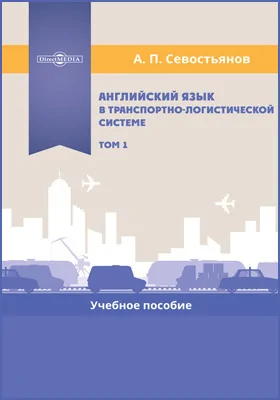
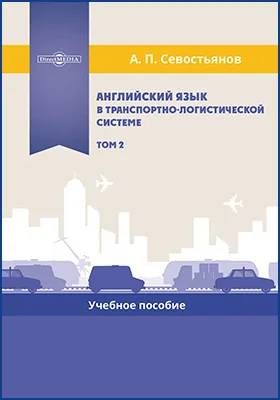
Бестселлеры нон-фикшн
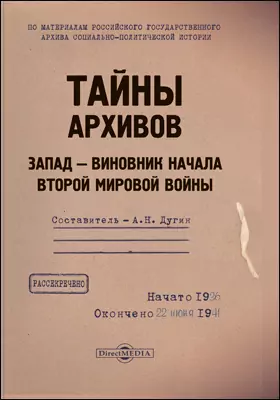

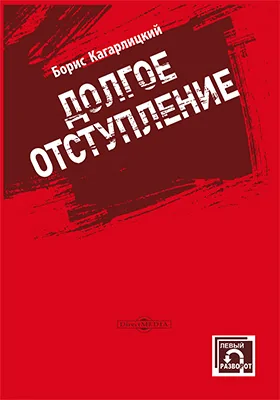
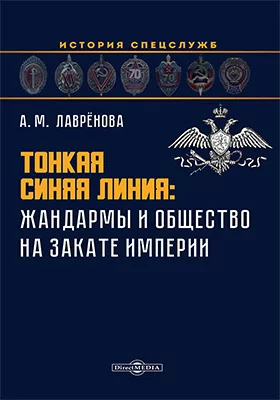
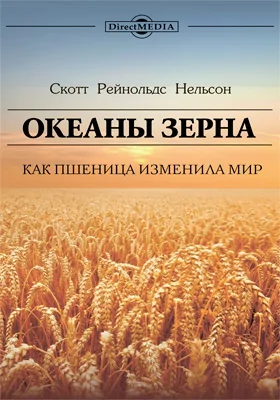
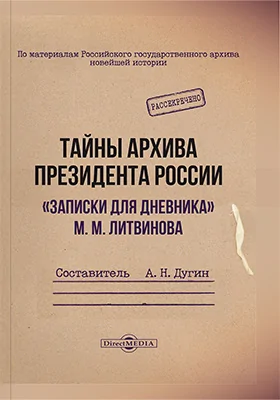

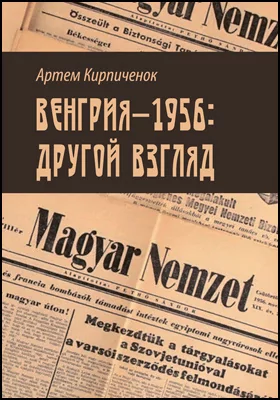
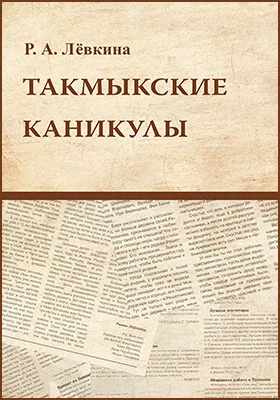
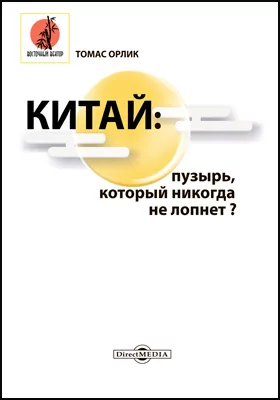

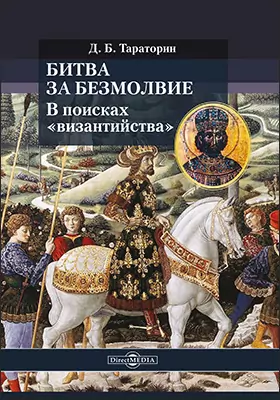
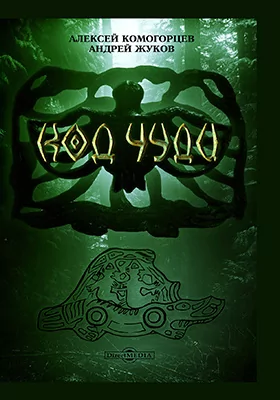
Новинки книги нон-фикшн

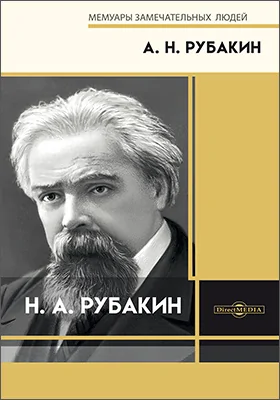
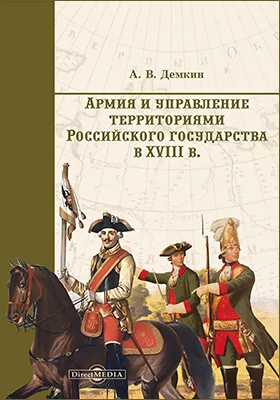

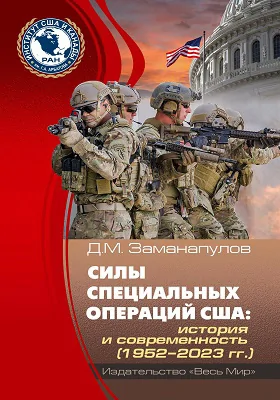
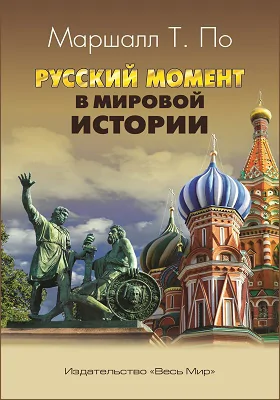

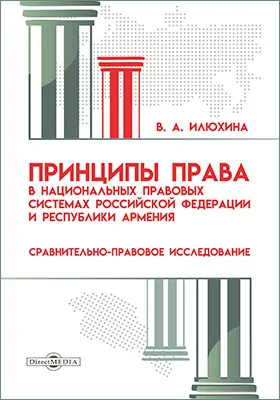
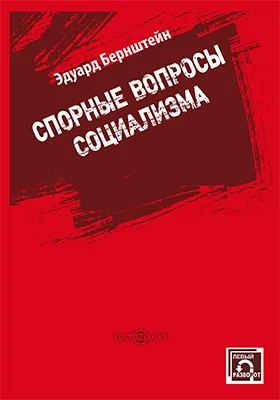
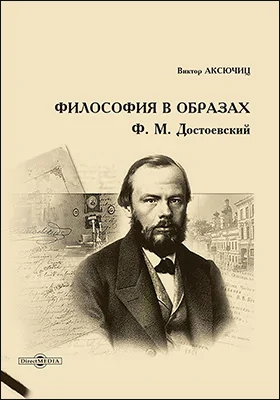
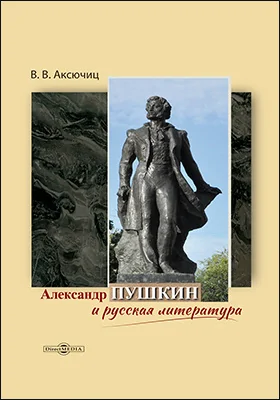
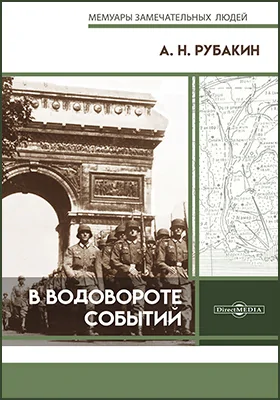
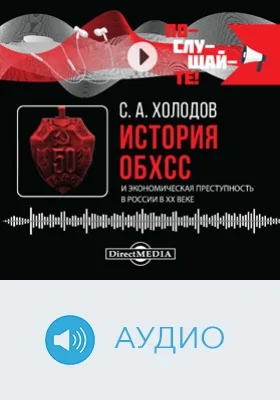
и мы свяжемся с вами в течение 15 минут
за оставленную заявку

